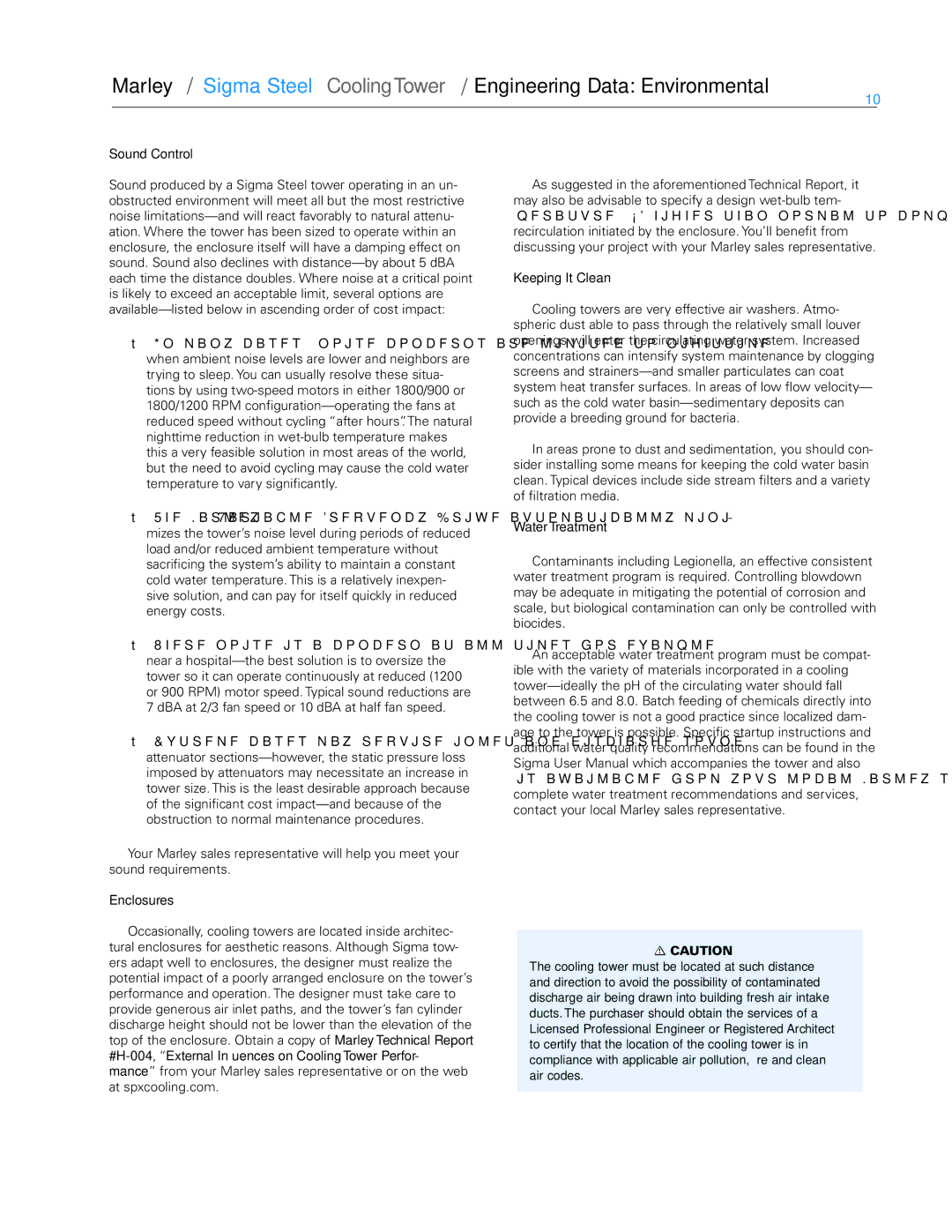Marley Sigma Steel specifications
SPX Cooling Technologies is a prominent name in the cooling industry, and the Marley Sigma Steel is one of their flagship products. This cooling tower is designed to provide an efficient, reliable, and sustainable solution for industrial cooling processes. With its advanced engineering and innovative technologies, the Marley Sigma Steel stands out in various applications, from power plants to chemical processing facilities.One of the main features of the Marley Sigma Steel is its robust construction. Made from high-quality steel, this cooling tower is built to withstand harsh environmental conditions, ensuring durability over time. The galvanized steel construction offers excellent corrosion resistance, which is critical for operations in challenging environments. This longevity helps reduce maintenance costs and downtime, providing a reliable cooling solution for years to come.
The Marley Sigma Steel incorporates a fan-assisted design that enhances airflow across the heat exchange area, improving the overall thermal performance. This design not only increases the efficiency of heat transfer but also minimizes energy consumption, which is essential for companies looking to reduce operational costs. The axial fans utilized in this cooling tower are engineered for quiet operation and enhanced efficiency, making them an ideal choice for urban and noise-sensitive locations.
Another hallmark of the Marley Sigma Steel is its modular design. The cooling tower can be easily configured to meet specific capacity and space requirements, making it a versatile option for a range of applications. This adaptability allows for seamless integration into existing systems, ensuring that whether it's a new build or a retrofit project, the Marley Sigma Steel can meet the needed specifications while optimizing performance.
SPX Cooling Technologies emphasizes sustainability through the Marley Sigma Steel by incorporating environmentally friendly practices in its design. The tower features options for low make-up water use, minimizing resource consumption during operation. Additionally, the innovative water distribution system ensures even water flow across the fill media, enhancing efficiency and reducing water waste.
In summary, the Marley Sigma Steel from SPX Cooling Technologies is a state-of-the-art cooling solution that combines durability, efficiency, and sustainability. Its advanced engineering and design features, such as the robust steel construction, fan-assisted airflow, modular capabilities, and water-saving technologies, make it a frontrunner in the cooling industry, suitable for a wide array of industrial applications. Companies looking for a reliable, efficient cooling system will find the Marley Sigma Steel to be an excellent choice that meets both current demands and future sustainability goals.

